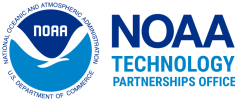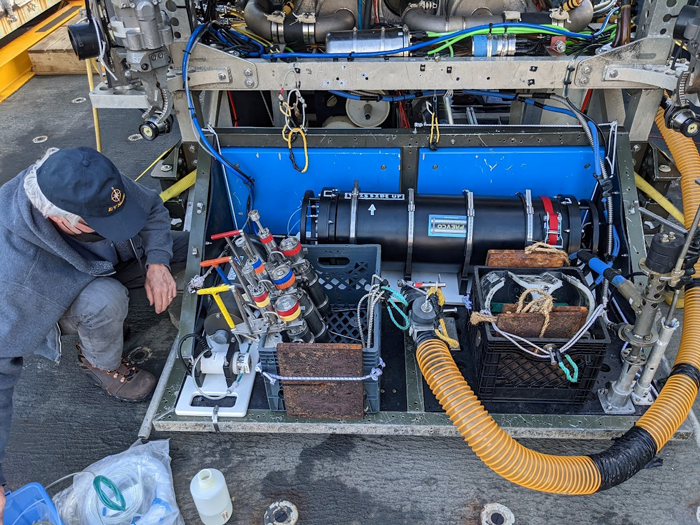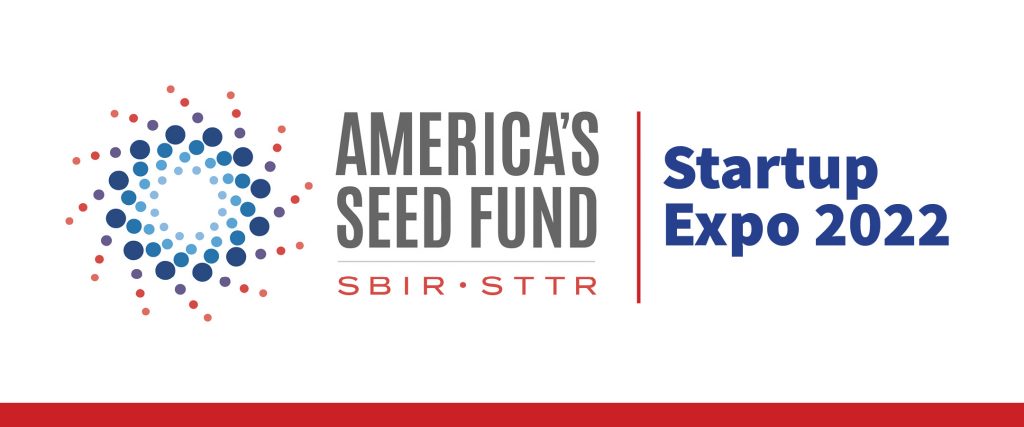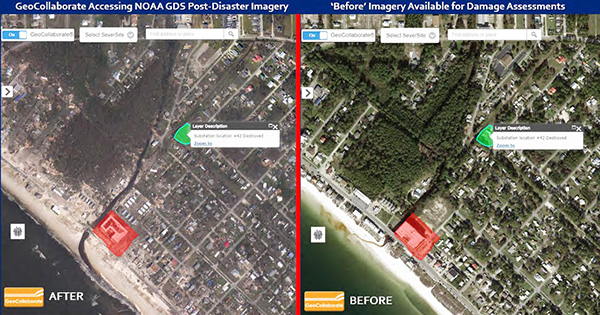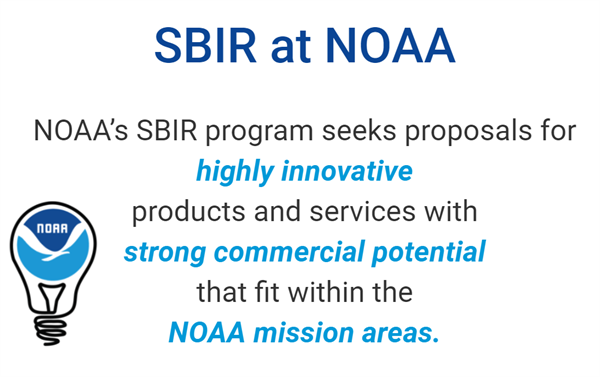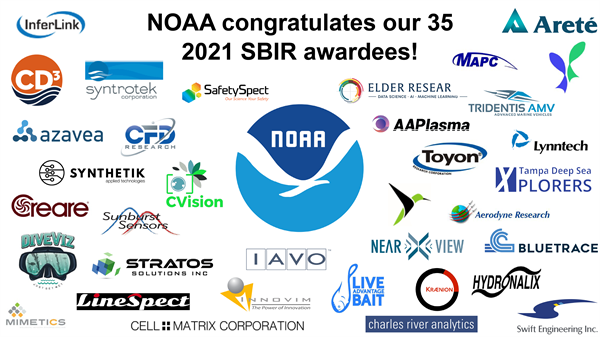SBIR-funded deep-sea methane spectrometer successfully undergoes field testing
NOAA PMEL, University of Washington, and OptoKnowledge Systems, Inc. successfully conducted the first deep water test of a new methane analyzer to measure the concentration and carbon isotope ratio of methane near the Axial Seamount.
SBIR-funded deep-sea methane spectrometer successfully undergoes field testing Read More »
